dEARlEADER
TPF Noob!
- Joined
- Apr 9, 2008
- Messages
- 1,312
- Reaction score
- 1
- Location
- Canada
- Can others edit my Photos
- Photos OK to edit
Cool, this is turning a little off topic, but into a VERY interesting conversation.
I also suggest to you that you are NOT showing an example of "exposing to the right". On a histogram, exposure "amounts" are not displayed right to left, but top to bottom.
The term exposing to the right came out looooooooong before digital histograms ever existed and this was where you increased the overall exposure of the entire pic and relied on film's ability to not lose detail due to the higher dynamic range of the picture.
Now, if in some cases digital photographers are now calling moving that little mountain in their histogram so that it is more on the right than the left, this is SO not the same technique that it really should not be called this. Technically it is not the same thing.
In film, we are moving those up past the "255 level" because we can, and in post process, bringing it back down. In digital, you are just always hopefully staying within the boundaries of the dynamic range of the media... but increasing the exposure a little, becuase once you are above that 255 area, there is no coming back... like you could in film. That is the entire reasoning for the existence of "exposing to the right".
Jerry, what in gods name are you talking about? Exposing to the right is "moving the little mountain so it's more on the right". There is more tonal value available on the right side of the histogram. This is why you push your image to there... to preserve MORE detail. You then bring the image back to center in post.
Exposing to the right is a perfectly acceptable practice shooting digitally. Done properly it provides a advantage to the user. To argue about is to argue about math.



 when a shot looks good and then a few seconds latter looks great. The data in the hot image is much nicer to work with, if as was pointed out, it is not blown. Of course I don't always shoot and apply this technique.
when a shot looks good and then a few seconds latter looks great. The data in the hot image is much nicer to work with, if as was pointed out, it is not blown. Of course I don't always shoot and apply this technique.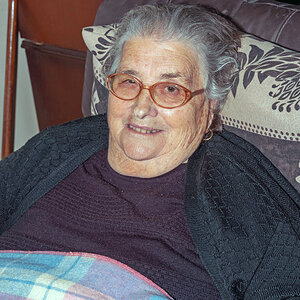
![[No title]](/data/xfmg/thumbnail/41/41821-2e92de82ffc4cd2d520a8fa10fb8b6a5.jpg?1619739905)
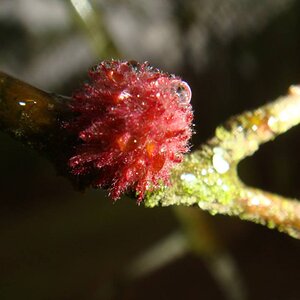

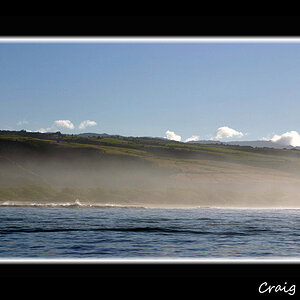
![[No title]](/data/xfmg/thumbnail/35/35263-86f580cf5d28d23109a45984030a79ad.jpg?1619736968)
![[No title]](/data/xfmg/thumbnail/35/35266-f58b019dadff6920c09071a847f052c3.jpg?1619736970)
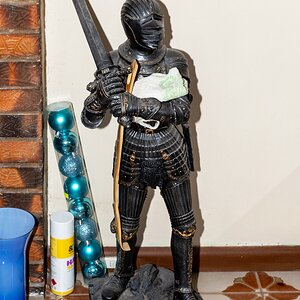
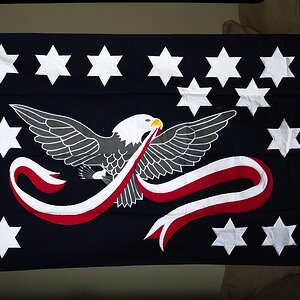
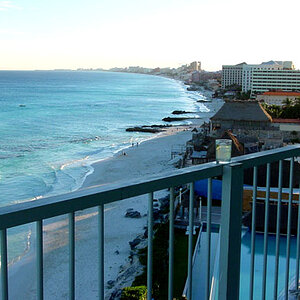
![[No title]](/data/xfmg/thumbnail/35/35265-c9ea3efd2c618a57ea136e63ad106880.jpg?1619736970)
![[No title]](/data/xfmg/thumbnail/33/33029-f4556b4c89cecbad12ebe6b782a51ef5.jpg?1619735843)